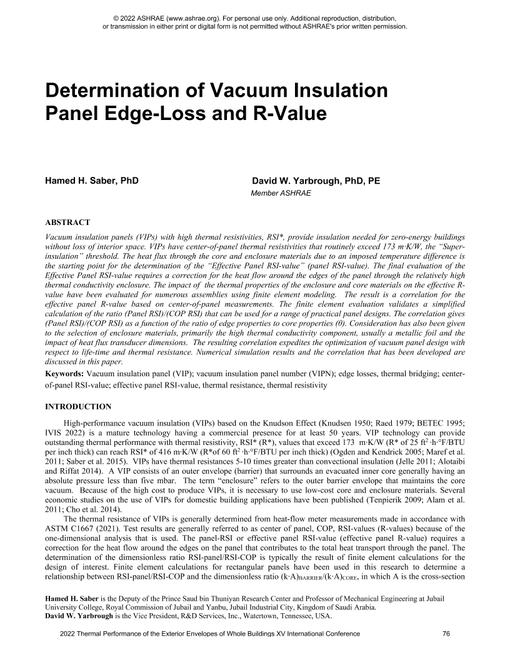-
-
Available Formats
- Options
- Availability
- Priced From ( in USD )
-
Available Formats
-
- Immediate download
- $15.00
- Add to Cart
Customers Who Bought This Also Bought
-

C006 -- User Friendly Web-Based Tool to Assess the Energy...
Priced From $15.00 -

C009 -- Determination of Vacuum Insulation Panel Edge-Los...
Priced From $15.00 -

C010 -- Investigating the Potential of Latent Heat in Hyg...
Priced From $15.00 -

C017 -- Development and Experimental Evaluation of a Zona...
Priced From $15.00
About This Item
Full Description
With funding from Pacific Northwest National Laboratory, and with partners from Oak Ridge National Laboratory and the University of Minnesota, a two-year study of exterior wall insulation upgrades was conducted. This study included in-situ testing of fourteen upgrade strategies at the University of Minnesota Cloquet Residential Research Facility. Data generated there were used to calibrate energy and moisture models. Data obtained from construction and general contractors was used in a comprehensive techno-economic evaluation.
One of the upgrade strategies is a novel exterior upgrade derived from previous work conducted by the NorthernSTAR Building America Partnership that developed and deployed a “studless” exterior wall system. This system uses two layers of large-format oriented strand board as the home’s structural component. Control layers (air, water, vapor, thermal) and finishes are applied to the exterior of this panel. The upgrade strategy presented here eliminates one layer of OSB but is otherwise similar. A membrane, integrated with fenestrations, is the air / water / vapor control layer. Rigid insulation is the thermal control layer. This panel was a top performer in energy savings and moisture performance.
The panel is intended to be fabricated offsite, using a technique called EnergieSprong. This concept, initially developed in the Netherlands before being deployed in the EU and US, uses a 3-dimensional laser scanner to measure the existing building and generate a computer model. This model is then used to guide computer-controlled manufacturing equipment to fabricate the panels. The panels are typically shipped with fenestration and finishes pre-installed. This allows on-site work to progress rapidly, since the panels are simply mounted to the exterior of the building.
This paper will describe the proposed panel, its energy and thermal performance, and proposed manufacturing and installation techniques. Mechanical system modifications will be addressed, and a discussion of cost-effectiveness will be included.





